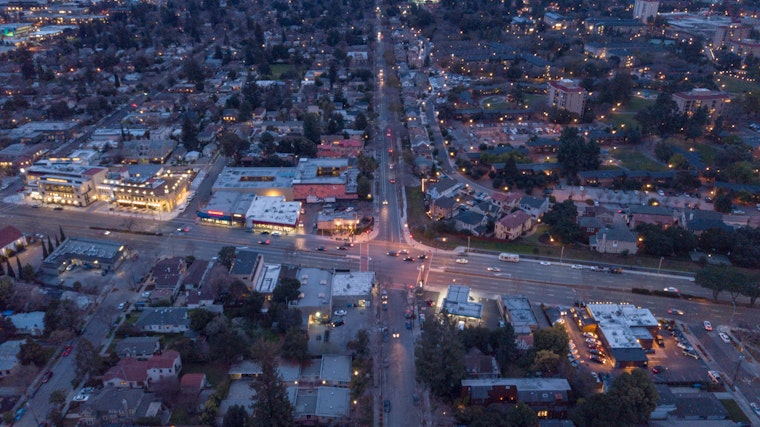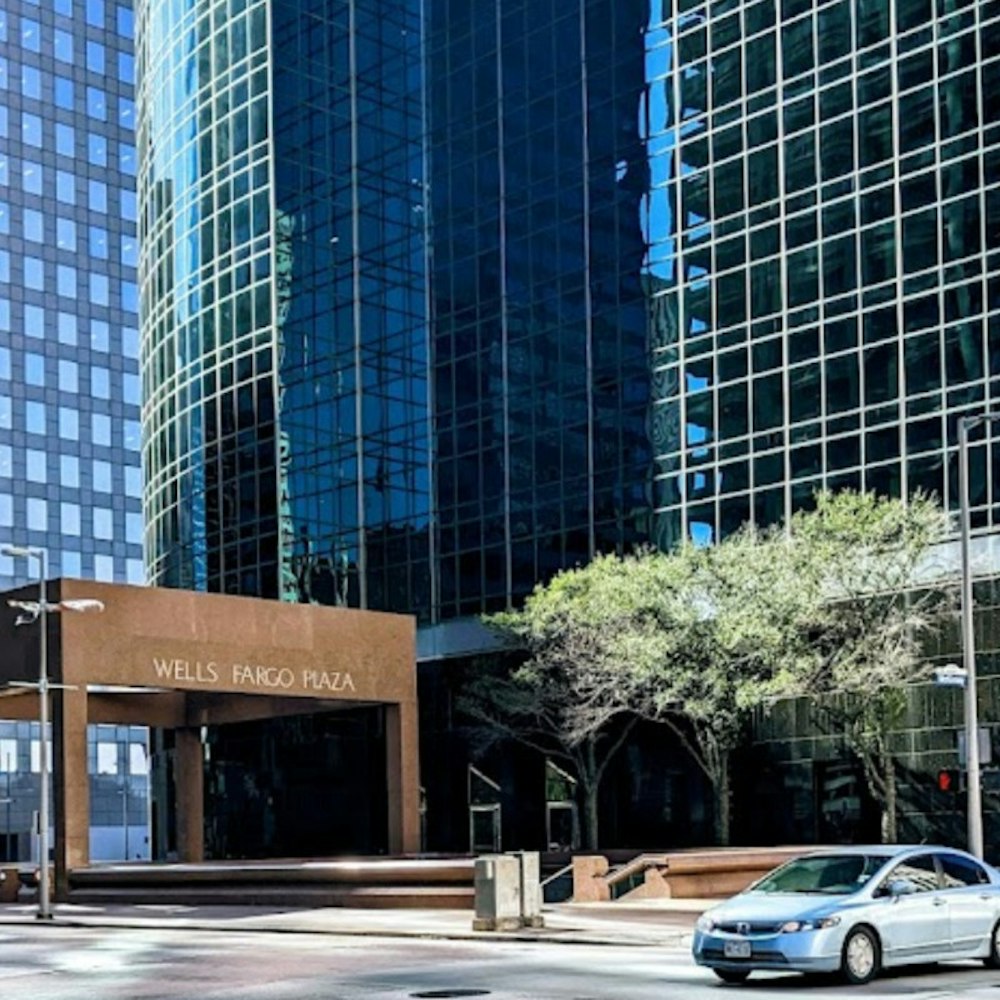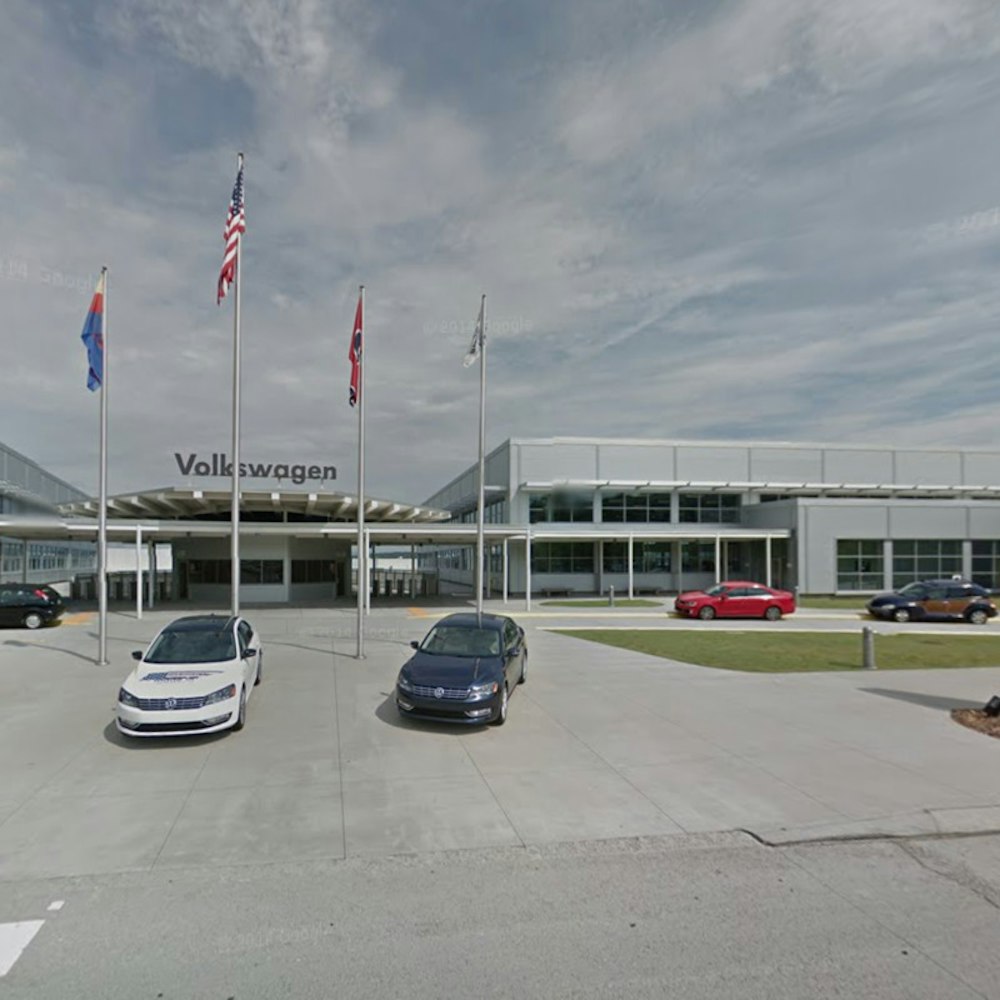
The City of Palo Alto has decided to protest a sprawling plan for future Bay Area housing that was recently announced by the Association of Bay Area Governments (ABAG), which would require Palo Alto to build 10,000 new housing units in the next decade.
ABAG is a regional planning agency made up of elected officials that receives money from the state's Department of Housing and Community Development. The agency determines how the funds get allocated to the 101 cities and 9 counties that it presides over here in the Bay Area.
According to the Mercury News, in a recently released plan, ABAG, as directed by the state, is calling for more than 441,000 homes in the Bay Area to be built between the years 2023 and 2031 to keep up with population growth.
Specifically, the City of Palo Alto is being told by ABAG that it must grow by 36% over the 8-year span, which is the highest of any city in Santa Clara County. It equates to over 10,000 new housing units based on the city’s current population of around 27,000 people.
Palo Alto Online reports tht other nearby cities are also looking at astronomical growth expectations. ABAG wants Mountain View to grow by 33%, along with Cupertino and Milpitas by 31% each.
During a Palo Alto City Council meeting on Monday, council members voted 6 to 1 to send a letter to ABAG in protest of the housing growth numbers.
The letter states that ABAG’s request for more than 10,000 new housing units failed to take into account factors like the pandemic and the recent economic downturn that has come along with it.
The letter also questions the process ABAG uses to come up with their figures for projected housing growth needs. This is the fifth letter that the council has sent to ABAG since August.
"[The goal is] impossible to meet unless we open up the Baylands for development," Councilman Eric Filseth told the Mercury News.
Palo Alto is being asked to grow more than other cities because it is in ABAG’s “high opportunity zone,” which is based on things like the number of jobs, the amounts of salaries, educational opportunities, and environmental factors.
According to Palo Alto Online, over half of the homes would have to be designated as below-market-rate, which makes the goal even harder to meet.
Under state law, ABAG has the power to restrict or control what local governments can and can’t do with local land and housing plans, so it's unclear how far Palo Alto's protest will go.
The city has frequently come up on the state's radar in recent years for failing to address the need for affordable housing. As Stanford Daily reported in February, Palo Alto is far from meeting ABAG's Housing Element and Regional Housing Needs Allocation, which dictates how much low- and moderate-income housing every municipality ought to have in its development pipeline to keep up with regional demand. The city has only built only 43 units of low-income housing since 2015, about 6% of what was mandated by ABAG, but meanwhile it has built 421 units of above-moderate-income housing. In 2019, Palo Alto approved 206 new housing units, while neighboring Mountain View approved over 1,700.
State Senator Scott Wiener was targeting wealthy cities like Palo Alto with his density-pushing SB 50 last year, however that bill failed to make it through the legislature. As he told the Los Angeles Times, "It’s no longer acceptable to attract tons of jobs while refusing to build housing. That isn’t sustainable. It doesn’t work. And it has to change."









